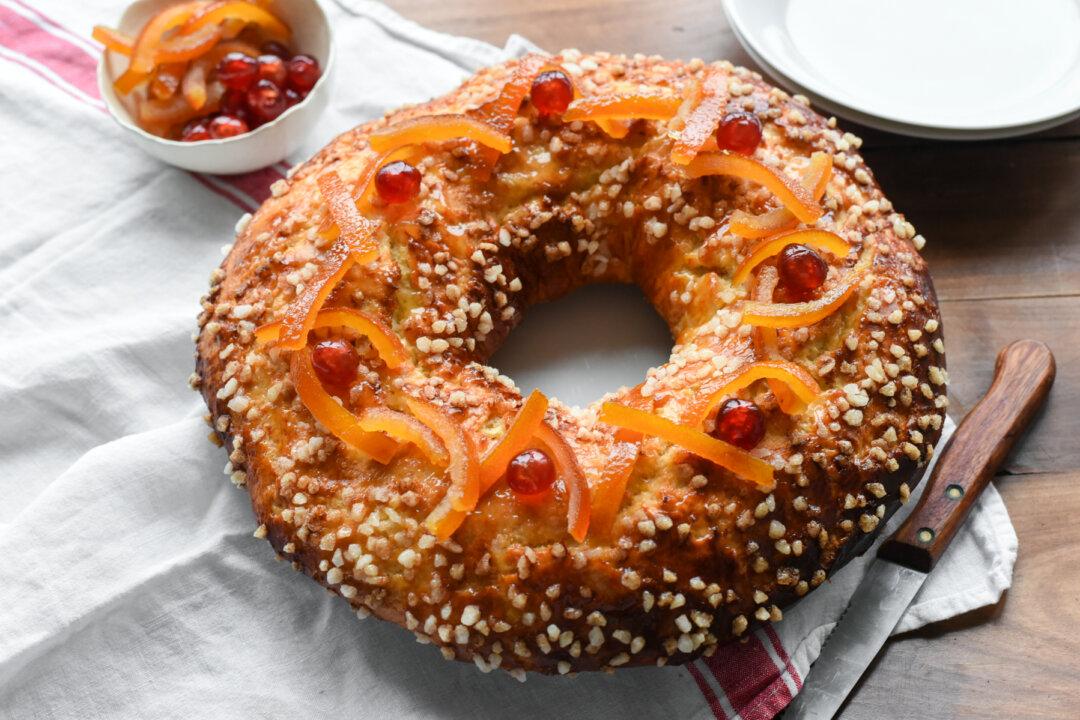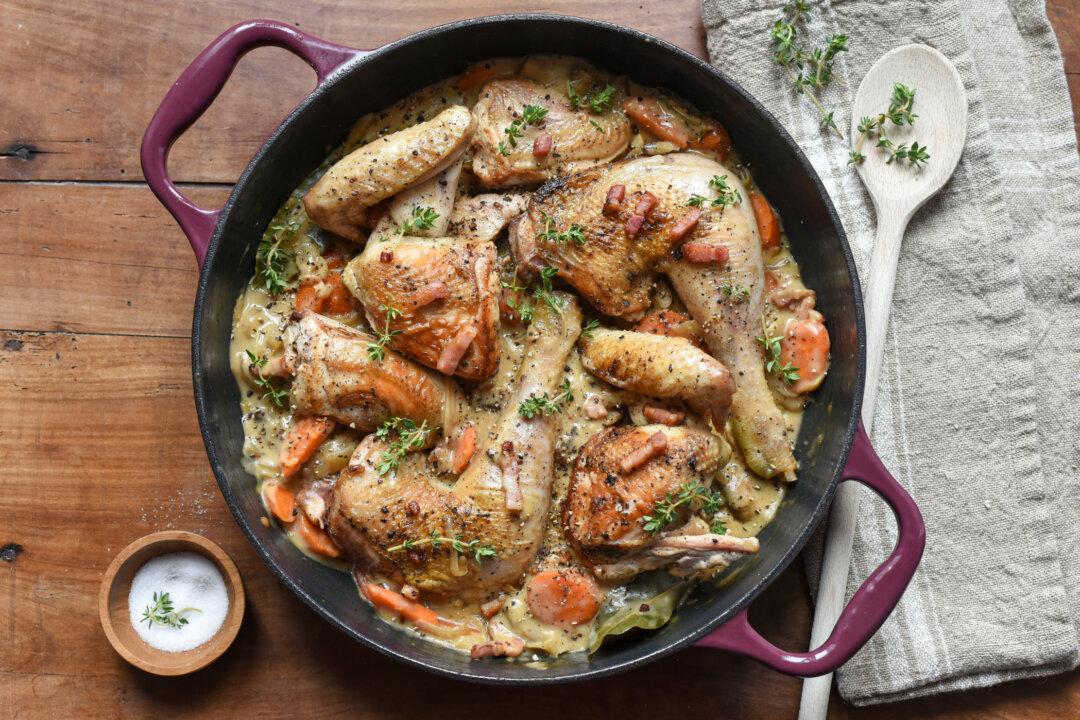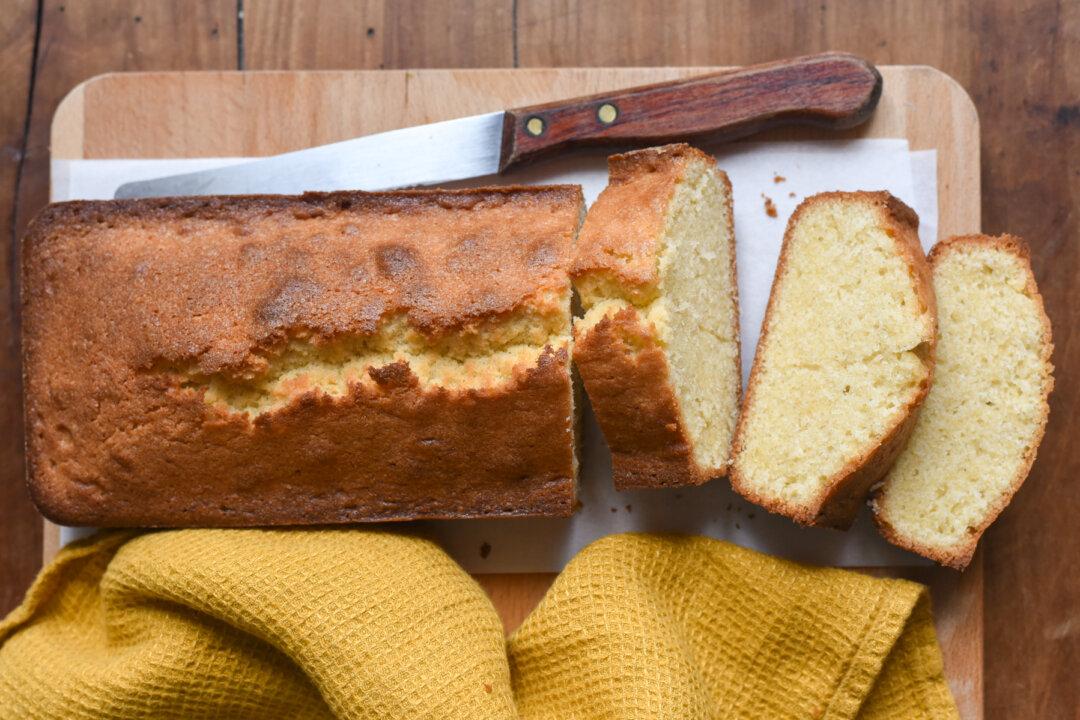In France, January is the month of the king’s galette—or, if you’re in Provence, the king’s brioche.
A sweet, citrus-perfumed brioche shaped into a crown and adorned with candied fruits and pearl sugar, this festive bread is traditionally enjoyed on Jan. 6 to celebrate the Epiphany. It’s lesser known than the galette des rois of northern France, another traditional Epiphany treat—but it shouldn’t be. One bite of its tender and buttery crumb, topped with crunchy and chewy bursts of sweetness, and you’ll understand why.





